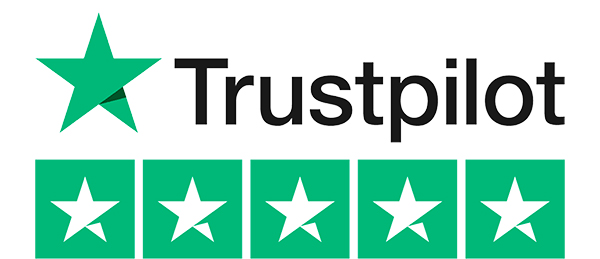The process of attracting, screening, and selecting qualified individuals for job vacancies.
Recruitment refers to the process of attracting, identifying, evaluating, selecting, and onboarding new employees for an organization [1, 2, 3]. It’s a crucial function within Human Resources (HR) that ensures a company has the skilled and qualified workforce it needs to achieve its goals.
Here’s a deeper dive into the different stages of the recruitment process, key strategies for successful recruitment, and the benefits of a well-defined recruitment process:
Stages of the Recruitment Process:
- Job Analysis and Planning: Defining the specific requirements and responsibilities of the open position. This includes creating a detailed job description that outlines the skills, experience, and qualifications needed.
- Sourcing Candidates: Identifying potential candidates through various channels like job boards, social media recruitment, employee referrals, or recruitment agencies.
- Screening and Shortlisting: Evaluating resumes and cover letters to identify candidates who meet the essential qualifications for the position.
- Testing and Assessments: Using skills assessments, personality tests, or writing samples to further evaluate a candidate’s suitability for the role.
- Interviews: Conducting in-person or virtual interviews to assess a candidate’s soft skills, experience, and cultural fit for the team and company.
- Selection and Offer: Choosing the most qualified candidate and extending a formal job offer with details like salary, benefits, and start date.
- Onboarding: The process of integrating a new employee into the organization, providing them with the necessary training, resources, and support to be successful in their new role.
Strategies for Successful Recruitment:
- Employer Branding: Developing a strong employer brand that showcases your company culture, values, and employee benefits to attract top talent.
- Effective Job Descriptions: Crafting clear, concise, and compelling job descriptions that accurately reflect the position and resonate with your ideal candidates.
- Diverse Sourcing Strategies: Utilizing a variety of channels to reach a wider pool of qualified candidates, including leveraging social media platforms and professional networking sites.
- Streamlined Application Process: Making the application process user-friendly and efficient to encourage applications from qualified candidates.
- Effective Interviewing Skills: Training hiring managers on conducting effective interviews that assess a candidate’s skills and cultural fit.
Benefits of a Well-defined Recruitment Process:
- Hiring Qualified Employees: A structured recruitment process helps identify candidates with the right skills and experience to excel in the role.
- Improved Retention Rates: Hiring the right people from the start leads to higher employee satisfaction and reduces turnover costs.
- Enhanced Employer Brand: A positive recruitment experience fosters a positive employer brand, attracting a wider pool of talent in the future.
- Increased Diversity and Inclusion: A well-defined recruitment process helps reduce bias and promote diversity within the workforce.
- Reduced Costs: A streamlined and efficient recruitment process saves time and resources compared to a haphazard approach.


